Day 6: High and Low Fade
Learn the control secrets of Ben Hogan by mastering the high and low fade shot.
You may be laughing at yourself, okay, I thought everything else was hard already.
This is where things start getting a little bit more into the fine details, let's say, of starting to manipulate things so that you can consistently hit the same shot over and over again.
Now, the reality is, is that if you sit out here and practice and hit enough balls, you'll learn how to manipulate the clubface enough to get the ball to kind of do what you want.
The question is, can you do it 99% of the time?
And the trick to doing it 99% of the time is not just practice, It's understanding the fundamentals and the mechanics of what make the ball do what we are asking it to do.
And in today's video, we're gonna talk about hitting high and low cuts.
Now, The trick to this shot is understanding the mechanics of swing path and clubface angle and what the tendencies are.
Now, that's the one thing I like to use.
I like to use that word a lot because golf is full of tendencies.
The club will tend to do this if you do that.
And when you're going to hit shots and you're trying to be repeatable, Because the whole point of shaping the shot is to make it.
Do something that you're trying to be less aggressive with and trying to give yourself more margin of error.
So as it works its way around the trouble, you want to be able to make sure it does that every single time.
So when you go to hit a cut and as we're turning to change trajectories, low versus high, I'm gonna start with the low one first because it's the hardest.
As you're going to hit the low cut, you need to understand what we want to do with the ball position.
Now, as I mentioned in the first video about hitting the ball low, we don't necessarily want to move the ball way back in our stance, except on this shot.
There's always something that's gonna bite up and jump up and bite you.
So that's where you got to understand.
There's some variance here as we start changing trajectory and shot shape.
So now, as we're starting to hit a low cut, I am actually going to move the ball back on my stance a little bit.
Now, why do I want to do that just with the cut?
Well, understand that as the club is working down toward the ball, the more time it has to keep moving forward to the bottom of the swing arc, the more time the clubface has to rotate closed.
The more time it has to rotate closed, the less likely you are to hit a cut.
So what I'm going to do is, again, build in margin of error.
Now, I'm not talking about moving the ball back off the back foot.
We're talking about changing the ball one ball with.
That's it.
That's enough to change the clubface angle of two or three degrees to make the ball cut 15, 20 yards.
It's a small amount, but it's important because as you move it back in your stance, it buys you more time.
It builds in more margin of error to ensure that that Clubface doesn't have a chance to shut down on you.
So let's say my normal ball position may be here.
Now I'm going to move it here for the low cut.
Everything else stays the same.
So the stuff we worked on in a low shot, I'm bowing my wrist, I'm opening the clubface, the chest a little bit.
So we're putting those two things together now, right?
So these fundamentals we learned in the first few days are now we're starting to put them together in different trajectories.
So for the low cut, I'm opening my chest a little bit, bowing my wrist a little bit, moving the ball back a little bit.
Those three things go together.
Now, when we want to reverse that, we want to hit the high cut, what do we want to do?
Well, then we're going to move the ball back just into its normal position.
The important thing to understand here is now that clubface has more time to close.
So we've got to be more aggressive with keeping the clubface open.
But the benefit to hitting the high shot is that as you re-hinge your wrist instead of just roll it while keeping it bowed like you would on a normal shot, the re -hinging helps hold the clubface open a little bit.
As you were doing your little half shot drills and doing this, You probably found that the tendency was for them to leak out to the right.
And you had to start.
Kind of finding a little bit of rotation with your wrist and re -hinging to help get the ball up.
In the air and online.
So now the benefit to this or the simple thing about it is this is going to happen naturally.
So as I go to hit this high cut, so I let my wrist rotate, the clubface is right before impact, it's still about two to three degrees open.
It's going to be very high.
It's going to go out to the right.
So I've got to aim myself a little bit to the left.
So to recap, when you're hitting a low cut, you move the ball back a little bit, bow your wrist, hold the face open, rotate the chest.
When you go to hit the high cut, everything stays the same except the wrist changes.
You don't change your swing plane.
You don't change your path.
The ball goes back to a normal position because you don't want that steeper angle of attack that's de-lofting the club.
We want to get the ball up over this tree and around this corner because we put it in some, in a bad spot or we're just trying to, you know, go for a green and two.
The same thing is true with a fairway wood.
I'm going to leave the ball in the same spot.
I'm going to open my chest a little bit and try to let that clubface re-hinge, my wrist re-hinge on the other side of the ball.
Vous vous moquez peut-être de vous-même, d'accord, je pensais que tout le reste était déjà difficile.
C'est là que les choses commencent à entrer un peu plus dans les détails, disons, de commencer à manipuler les choses afin que vous puissiez systématiquement frapper le même coup encore et encore.
En réalité, si vous restez assis ici, que vous vous entraînez et que vous frappez suffisamment de balles, vous apprendrez à manipuler suffisamment la face du club pour que la balle fasse ce que vous voulez.
La question est : pouvez-vous le faire 99 % du temps ?
Et l'astuce pour y parvenir 99 % du temps n'est pas seulement la pratique, c'est aussi la compréhension des fondamentaux et des mécanismes qui font que la balle fait ce que nous lui demandons de faire.
Et dans la vidéo d'aujourd'hui, nous allons parler des coupes hautes et basses.
Maintenant, l’astuce pour ce coup est de comprendre la mécanique du chemin de swing et l’angle de la face du club et quelles sont les tendances.
Maintenant, c'est la seule chose que j'aime utiliser.
J’aime beaucoup utiliser ce mot car le golf est plein de tendances.
Le club aura tendance à faire cela si vous faites cela.
Et quand vous allez frapper des coups et que vous essayez d'être répétable, parce que tout l'intérêt de façonner le coup est de le réussir.
Faites quelque chose avec lequel vous essayez d’être moins agressif et d’essayer de vous donner plus de marge d’erreur.
Ainsi, au fur et à mesure qu'il contourne le problème, vous voulez être sûr qu'il le fasse à chaque fois.
Donc, lorsque vous vous apprêtez à franchir une ligne et que nous nous tournons pour changer de trajectoire, du bas vers le haut, je vais commencer par le bas en premier, car c'est le plus difficile.
Lorsque vous allez frapper la coupe basse, vous devez comprendre ce que nous voulons faire avec la position de la balle.
Maintenant, comme je l'ai mentionné dans la première vidéo sur le fait de frapper la balle bas, nous ne voulons pas nécessairement déplacer la balle vers l'arrière dans notre position, sauf sur ce coup.
Il y a toujours quelque chose qui va vous mordre, sauter et vous mordre.
C'est donc là que vous devez comprendre.
Il y a une certaine variation ici lorsque nous commençons à changer la trajectoire et la forme du tir.
Alors maintenant, alors que nous commençons à atteindre une coupe basse, je vais en fait déplacer un peu la balle vers l'arrière sur ma position.
Maintenant, pourquoi est-ce que je veux faire ça juste avec la coupe ?
Eh bien, comprenez que lorsque le club descend vers la balle, plus il a de temps pour continuer à avancer vers le bas de l'arc de swing, plus la face du club a de temps pour tourner vers le bas.
Plus il a de temps pour se fermer, moins vous risquez de rencontrer une coupure.
Donc, ce que je vais faire, c'est, encore une fois, intégrer une marge d'erreur.
Maintenant, je ne parle pas de déplacer la balle vers l’arrière du pied.
Nous parlons de changer la balle avec une balle.
C'est ça.
Cela suffit à modifier l'angle de la face du club de deux ou trois degrés pour faire couper la balle à 15 ou 20 mètres.
C'est une petite quantité, mais elle est importante car lorsque vous la déplacez vers l'arrière dans votre position, cela vous fait gagner plus de temps.
Il crée une marge d'erreur plus importante pour garantir que Clubface n'a aucune chance de s'arrêter sur vous.
Alors disons que ma position de balle normale pourrait être ici.
Maintenant, je vais le déplacer ici pour la coupe basse.
Tout le reste reste pareil.
Donc, les choses sur lesquelles nous avons travaillé dans un plan bas, je courbe mon poignet, j'ouvre un peu la face du club, la poitrine.
Alors nous mettons ces deux choses ensemble maintenant, n'est-ce pas ?
Donc, ces fondamentaux que nous avons appris au cours des premiers jours, nous commençons maintenant à les mettre en place dans différentes trajectoires.
Donc pour la coupe basse, j'ouvre un peu ma poitrine, j'incline un peu mon poignet, je déplace un peu la balle vers l'arrière.
Ces trois choses vont ensemble.
Maintenant, lorsque nous voulons inverser cela, nous voulons atteindre la coupure haute, que voulons-nous faire ?
Eh bien, nous allons ensuite remettre la balle dans sa position normale.
Ce qui est important à comprendre ici, c’est que la face du club a plus de temps pour se fermer.
Nous devons donc être plus agressifs pour garder la face du club ouverte.
Mais l'avantage de frapper le coup haut est que lorsque vous réarticulez votre poignet au lieu de simplement le faire rouler tout en le gardant courbé comme vous le feriez sur un coup normal, la réarticulation aide à maintenir la face du club un peu ouverte.
Pendant que vous faisiez vos petits exercices de demi-coup et que vous faisiez cela, vous avez probablement constaté que la tendance était qu'ils fuient vers la droite.
Et il fallait commencer.
Il s'agit en quelque sorte de trouver un peu de rotation avec votre poignet et de le réarticuler pour aider à faire monter le ballon.
Dans les airs et en ligne.
Donc maintenant, l’avantage de cela, ou plutôt la chose la plus simple à ce sujet, c’est que cela va se produire naturellement.
Alors que je m'apprête à frapper cette coupe haute, je laisse mon poignet tourner, la face du club est juste avant l'impact, elle est encore ouverte à environ deux à trois degrés.
Ça va être très haut.
Ça va sortir vers la droite.
Je dois donc me diriger un peu vers la gauche.
Donc pour résumer, lorsque vous frappez une coupe basse, vous déplacez un peu la balle vers l'arrière, fléchissez votre poignet, maintenez le visage ouvert, faites pivoter la poitrine.
Lorsque vous allez frapper la coupe haute, tout reste pareil, sauf le poignet qui change.
Vous ne changez pas votre plan de swing.
Tu ne changes pas de chemin.
La balle revient à une position normale car vous ne voulez pas d'un angle d'attaque plus raide qui dé-lofte le club.
Nous voulons faire passer la balle par-dessus cet arbre et autour de ce coin parce que nous l'avons mise dans un mauvais endroit ou nous essayons simplement, vous savez, d'aller chercher un green et deux.
La même chose est vraie avec un bois de parcours.
Je vais laisser la balle au même endroit.
Je vais ouvrir un peu ma poitrine et essayer de laisser cette face de club se réarticuler, mon poignet se réarticuler de l'autre côté de la balle.
Quizás te estés riendo de ti mismo, vale, yo pensaba que todo lo demás ya era difícil.
Aquí es donde las cosas empiezan a volverse un poco más detalladas, digamos, de empezar a manipular las cosas para poder realizar el mismo tiro una y otra vez de manera consistente.
Ahora bien, la realidad es que si te sientas aquí y practicas y golpeas suficientes pelotas, aprenderás a manipular la cara del palo lo suficiente para lograr que la pelota haga lo que quieres.
La pregunta es ¿puedes hacerlo el 99% del tiempo?
Y el truco para hacerlo el 99% del tiempo no es sólo practicar, es comprender los fundamentos y la mecánica de lo que hace que la pelota haga lo que le pedimos que haga.
Y en el vídeo de hoy vamos a hablar sobre cómo alcanzar cortes altos y bajos.
Ahora bien, el truco de este tiro es comprender la mecánica de la trayectoria del swing y el ángulo de la cara del palo y cuáles son las tendencias.
Ahora bien, eso es lo único que me gusta usar.
Me gusta usar mucho esa palabra porque el golf está lleno de tendencias.
El club tenderá a hacer esto si haces aquello.
Y cuando vas a realizar tiros y estás tratando de que sean repetibles, porque el objetivo de dar forma al tiro es hacerlo.
Haz algo que intentes hacer menos agresivo y que te dé más margen de error.
Entonces, a medida que va solucionando el problema, usted quiere poder asegurarse de que haga eso cada vez.
Entonces, cuando vayas a hacer un corte y mientras giramos para cambiar las trayectorias, baja versus alta, voy a empezar con la baja primero porque es la más difícil.
A medida que vas a realizar el corte bajo, necesitas entender lo que queremos hacer con la posición de la pelota.
Ahora, como mencioné en el primer video sobre golpear la pelota bajo, no necesariamente queremos mover la pelota hacia atrás en nuestra postura, excepto en este tiro.
Siempre habrá algo que te muerda, que salte y te muerda.
Así que ahí es donde tienes que entender.
Hay cierta variación aquí a medida que comenzamos a cambiar la trayectoria y la forma del disparo.
Entonces ahora, cuando empezamos a hacer un corte bajo, voy a mover la pelota hacia atrás un poco en mi postura.
Ahora bien, ¿por qué quiero hacer eso sólo con el corte?
Bueno, comprenda que a medida que el palo trabaja hacia la pelota, cuanto más tiempo tenga para seguir moviéndose hacia adelante hasta el final del arco del swing, más tiempo tendrá la cara del palo para girar cerrada.
Cuanto más tiempo tenga que girar para cerrarse, menos probabilidades tendrá de golpearlo con un corte.
Entonces lo que voy a hacer es, nuevamente, incorporar un margen de error.
Ahora, no estoy hablando de mover la pelota hacia atrás desde el pie trasero.
Estamos hablando de cambiar la pelota una pelota con.
Eso es todo.
Es suficiente cambiar el ángulo de la cara del palo dos o tres grados para hacer que la pelota corte 15 o 20 yardas.
Es una cantidad pequeña, pero es importante porque al moverlo hacia atrás en su postura, gana más tiempo.
Incorpora más margen de error para garantizar que Clubface no tenga la posibilidad de apagarse.
Entonces digamos que mi posición normal de la pelota puede ser aquí.
Ahora voy a moverlo aquí para el corte bajo.
Todo lo demás permanece igual.
Entonces, lo que trabajamos en un tiro bajo, es arquear la muñeca, abrir la cara del palo, el pecho un poco.
Entonces ahora estamos juntando esas dos cosas, ¿verdad?
Así que estos fundamentos que aprendimos en los primeros días ahora estamos empezando a ponerlos juntos en diferentes trayectorias.
Entonces, para el corte bajo, abro mi pecho un poco, arqueo mi muñeca un poco y muevo la pelota un poco hacia atrás.
Esas tres cosas van juntas.
Ahora, cuando queremos revertir eso, queremos alcanzar el corte alto, ¿qué queremos hacer?
Bueno, entonces vamos a mover la pelota nuevamente a su posición normal.
Lo importante que hay que entender aquí es que ahora la cara del palo tiene más tiempo para cerrarse.
Así que tenemos que ser más agresivos para mantener la cara del palo abierta.
Pero el beneficio de realizar un tiro alto es que al volver a articular la muñeca en lugar de simplemente girarla manteniéndola arqueada como lo haría en un tiro normal, la rearticular la muñeca ayuda a mantener la cara del palo un poco abierta.
Mientras hacías tus pequeños ejercicios de medio tiro y hacías esto, probablemente descubriste que la tendencia era que se filtraran hacia la derecha.
Y había que empezar.
Se trata de encontrar un poco de rotación con la muñeca y volver a girarla para ayudar a levantar la pelota.
En el aire y en línea.
Así que ahora el beneficio de esto o lo más simple de esto es que esto va a suceder naturalmente.
Entonces, cuando voy a golpear este corte alto, dejo que mi muñeca gire, la cara del palo está justo antes del impacto, todavía está abierta entre dos y tres grados.
Va a ser muy alto.
Va a salir hacia la derecha.
Así que tengo que apuntar un poco hacia la izquierda.
Así que, para resumir, cuando estás pegando un corte bajo, mueves la pelota un poco hacia atrás, arqueas la muñeca, mantienes la cara abierta y giras el pecho.
Cuando vas a golpear el corte alto, todo permanece igual excepto que cambia la muñeca.
No cambias tu plano de swing.
No cambias tu camino
La pelota vuelve a una posición normal porque no quieres ese ángulo de ataque más pronunciado que hace que el palo pierda el loft.
Queremos llevar la pelota por encima de este árbol y alrededor de esta esquina porque la pusimos en un mal lugar o simplemente estamos tratando de, ya sabes, conseguir un green y dos.
Lo mismo ocurre con una madera de calle.
Voy a dejar la pelota en el mismo sitio.
Voy a abrir un poco mi pecho y tratar de dejar que la cara del palo se vuelva a girar, mi muñeca se vuelva a girar hacia el otro lado de la pelota.
Sie lachen vielleicht über sich selbst: „Okay, ich dachte, alles andere wäre schon schwierig.“
Hier geht es etwas mehr in die Feinheiten, sagen wir, man beginnt, Dinge so zu manipulieren, dass man immer wieder den gleichen Schlag ausführen kann.
Die Realität ist, dass Sie, wenn Sie hier draußen sitzen und üben und genügend Bälle schlagen, lernen, die Schlagfläche so zu manipulieren, dass der Ball mehr oder weniger das tut, was Sie wollen.
Die Frage ist: Können Sie es in 99 % der Fälle tun?
Und der Trick, um dies in 99 % der Fälle zu erreichen, liegt nicht nur in der Übung, sondern darin, die Grundlagen und die Mechanik zu verstehen, die den Ball dazu bringen, das zu tun, was wir von ihm verlangen.
Und im heutigen Video sprechen wir über das Treffen von High- und Low-Cuts.
Der Trick bei diesem Schlag besteht darin, die Mechanik der Schwungbahn und des Schlägerflächenwinkels zu verstehen und die Tendenzen zu erkennen.
Das ist das Einzige, was ich gerne verwende.
Ich verwende dieses Wort sehr gerne, weil Golf voller Tendenzen ist.
Wenn Sie das tun, wird der Club dazu neigen, dies zu tun.
Und wenn Sie Schläge ausführen und versuchen, diese wiederholbar zu machen, denn der ganze Sinn der Schlaggestaltung besteht darin, ihn zu treffen.
Versuchen Sie, etwas weniger aggressiv zu tun und sich mehr Spielraum für Fehler zu geben.
Während das Programm das Problem umgeht, möchten Sie sicherstellen, dass dies jedes Mal geschieht.
Wenn Sie also einen Schnitt machen und wir die Flugbahn ändern, niedrig oder hoch, fange ich zuerst mit dem niedrigen an, weil das am schwierigsten ist.
Wenn Sie den Low Cut schlagen, müssen Sie verstehen, was wir mit der Ballposition erreichen wollen.
Wie ich bereits im ersten Video zum Thema „Tief schlagen“ erwähnt habe, möchten wir den Ball in unserer Haltung nicht unbedingt weit nach hinten bewegen, außer bei diesem Schlag.
Es gibt immer etwas, das zubeißt, hochspringt und dich beißt.
Das ist es also, was Sie verstehen müssen.
Hier gibt es einige Abweichungen, da wir beginnen, Flugbahn und Schussform zu ändern.
Wenn wir jetzt also anfangen, einen Low Cut zu schlagen, werde ich den Ball in meiner Haltung tatsächlich ein wenig zurückbewegen.
Warum möchte ich das nun gerade mit dem Schnitt machen?
Bedenken Sie, dass die Schlagfläche umso mehr Zeit hat, sich zu schließen, je mehr Zeit der Schläger hat, um sich nach vorne zum unteren Ende des Schwungbogens zu bewegen, während er sich nach unten in Richtung Ball bewegt.
Je mehr Zeit es hat, sich zu drehen, desto unwahrscheinlicher ist es, dass Sie einen Schnitt machen.
Ich werde also erneut eine Fehlerspanne einbauen.
Jetzt spreche ich nicht davon, den Ball mit dem hinteren Fuß zurückzuspielen.
Wir sprechen hier vom Ballwechsel mit dem anderen Ball.
Das ist es.
Das reicht aus, um den Winkel der Schlagfläche um zwei oder drei Grad zu ändern und den Ball 13, 18 Meter weit zu schlagen.
Es ist ein kleiner Betrag, aber er ist wichtig, denn wenn Sie ihn in Ihrer Haltung zurückbewegen, gewinnen Sie mehr Zeit.
Es verfügt über einen größeren Fehlerspielraum, um sicherzustellen, dass das Clubface keine Chance hat, Sie zu stoppen.
Nehmen wir also an, meine normale Ballposition könnte hier sein.
Jetzt verschiebe ich es hierher für den Low Cut.
Alles andere bleibt gleich.
Also, bei den Sachen, an denen wir bei einem niedrigen Schlag gearbeitet haben, beuge ich mein Handgelenk und öffne die Schlagfläche und die Brust ein wenig.
Also bringen wir diese beiden Dinge jetzt zusammen, richtig?
Diese Grundlagen, die wir in den ersten Tagen gelernt haben, beginnen wir nun, in verschiedenen Bahnen zusammenzufügen.
Für den Low Cut öffne ich meine Brust ein wenig, beuge mein Handgelenk ein wenig und bewege den Ball ein wenig nach hinten.
Diese drei Dinge gehören zusammen.
Wenn wir das jetzt umkehren wollen, also den High Cut erreichen wollen, was wollen wir tun?
Gut, dann bewegen wir den Ball zurück in seine normale Position.
Wichtig ist hier zu verstehen, dass die Schlagfläche nun mehr Zeit hat, sich zu schließen.
Wir müssen also aggressiver vorgehen und die Schlagfläche offen halten.
Der Vorteil beim Ausführen des hohen Schlags besteht jedoch darin, dass Sie durch das erneute Beugen Ihres Handgelenks, anstatt es einfach zu rollen und dabei gebeugt zu halten, wie Sie es bei einem normalen Schlag tun würden, die Schlagfläche durch das erneute Beugen etwas offen halten können.
Als Sie Ihre kleinen Halbschussübungen und dies machten, stellten Sie wahrscheinlich fest, dass die Tendenz bestand, dass sie nach rechts auslaufen.
Und du musstest anfangen.
Finden Sie eine kleine Drehung Ihres Handgelenks und beugen Sie es neu, um den Ball nach oben zu bekommen.
In der Luft und online.
Der Vorteil bzw. die einfache Sache dabei ist, dass es auf natürliche Weise geschieht.
Wenn ich also diesen High Cut schlage und dabei mein Handgelenk rotieren lasse, ist die Schlagfläche genau vor dem Aufprall noch etwa zwei bis drei Grad geöffnet.
Es wird sehr hoch sein.
Es wird nach rechts rausgehen.
Also muss ich mich ein wenig nach links orientieren.
Um es noch einmal zusammenzufassen: Wenn Sie einen Low Cut schlagen, bewegen Sie den Ball ein wenig nach hinten, beugen Ihr Handgelenk, halten das Gesicht offen und drehen die Brust.
Wenn Sie den High Cut ausführen, bleibt alles gleich, außer dass sich das Handgelenk ändert.
Sie ändern Ihre Schwungebene nicht.
Sie ändern Ihren Weg nicht.
Der Ball kehrt in die normale Position zurück, da Sie keinen steileren Angriffswinkel wollen, der den Loft des Schlägers verringert.
Wir wollen den Ball über diesen Baum und um diese Ecke herum schlagen, weil wir ihn an einer ungünstigen Stelle platziert haben oder wir einfach versuchen, auf ein Grün und zwei zu kommen.
Dasselbe gilt für ein Fairwayholz.
Ich werde den Ball an derselben Stelle liegen lassen.
Ich werde meine Brust ein wenig öffnen und versuchen, die Schlagfläche und mein Handgelenk auf der anderen Seite des Balls neu auszurichten.
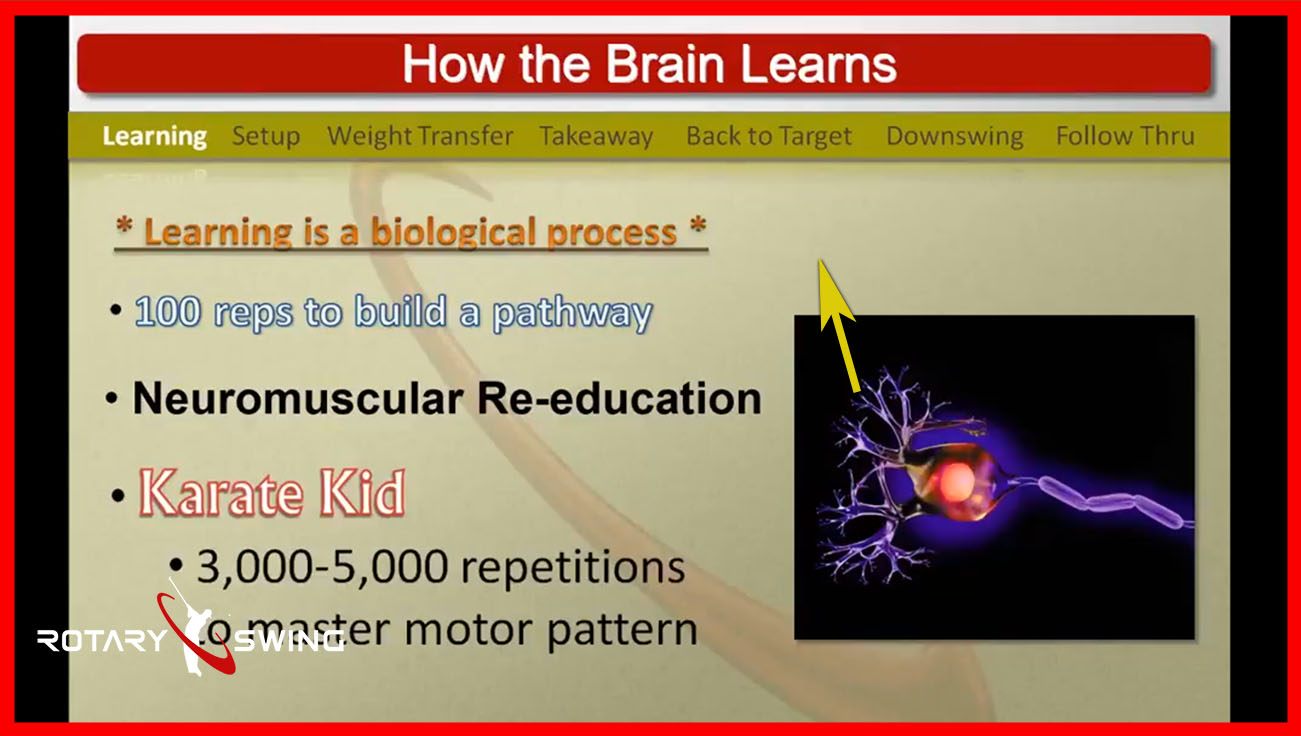
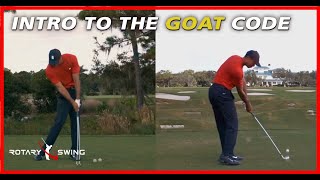
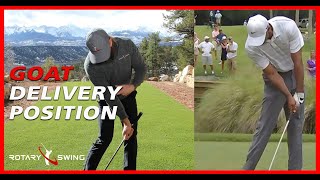

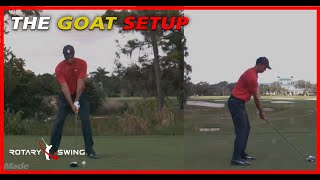
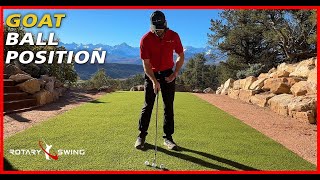
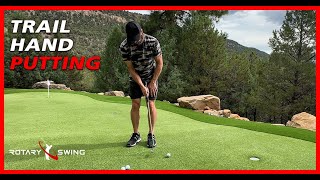
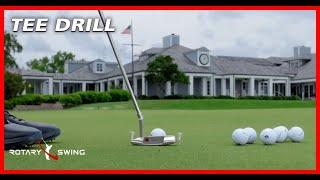

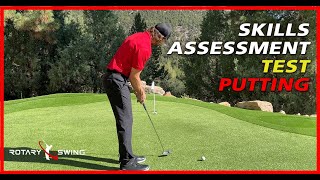
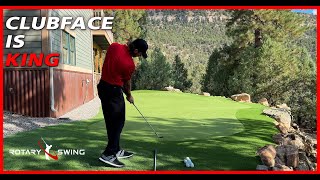
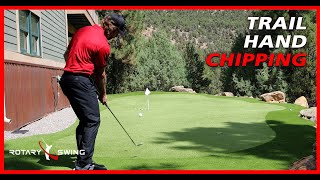
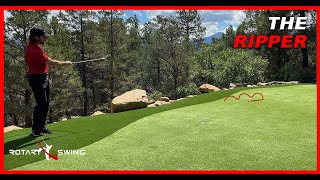
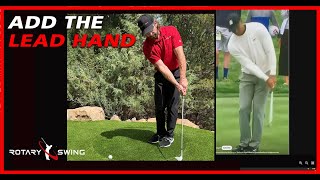
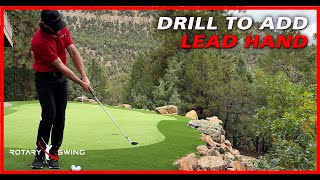
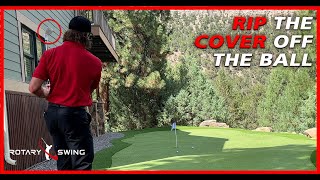
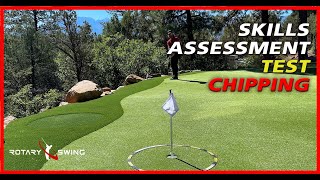
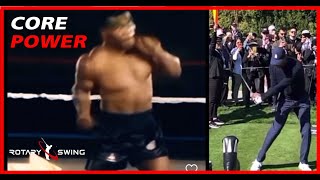
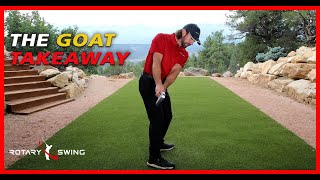
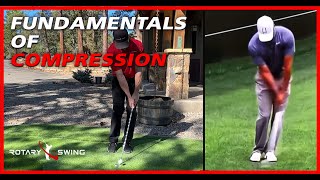
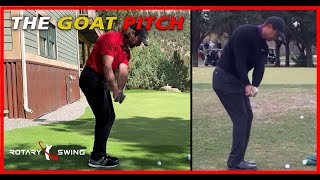
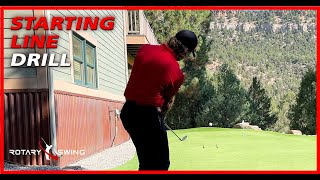

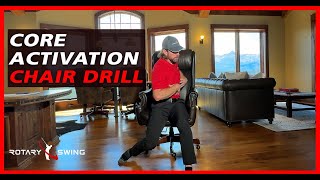
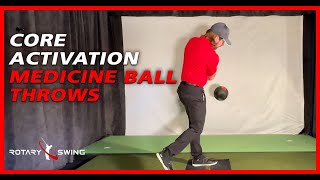
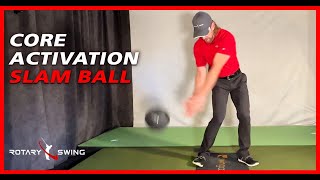
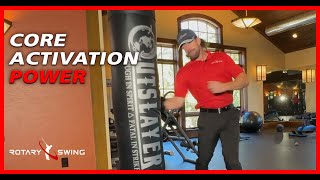
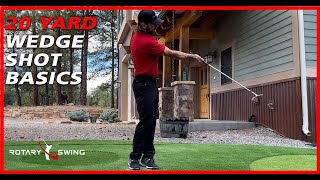
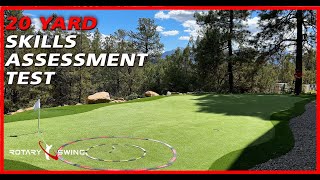

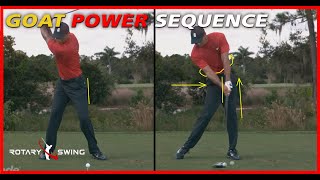
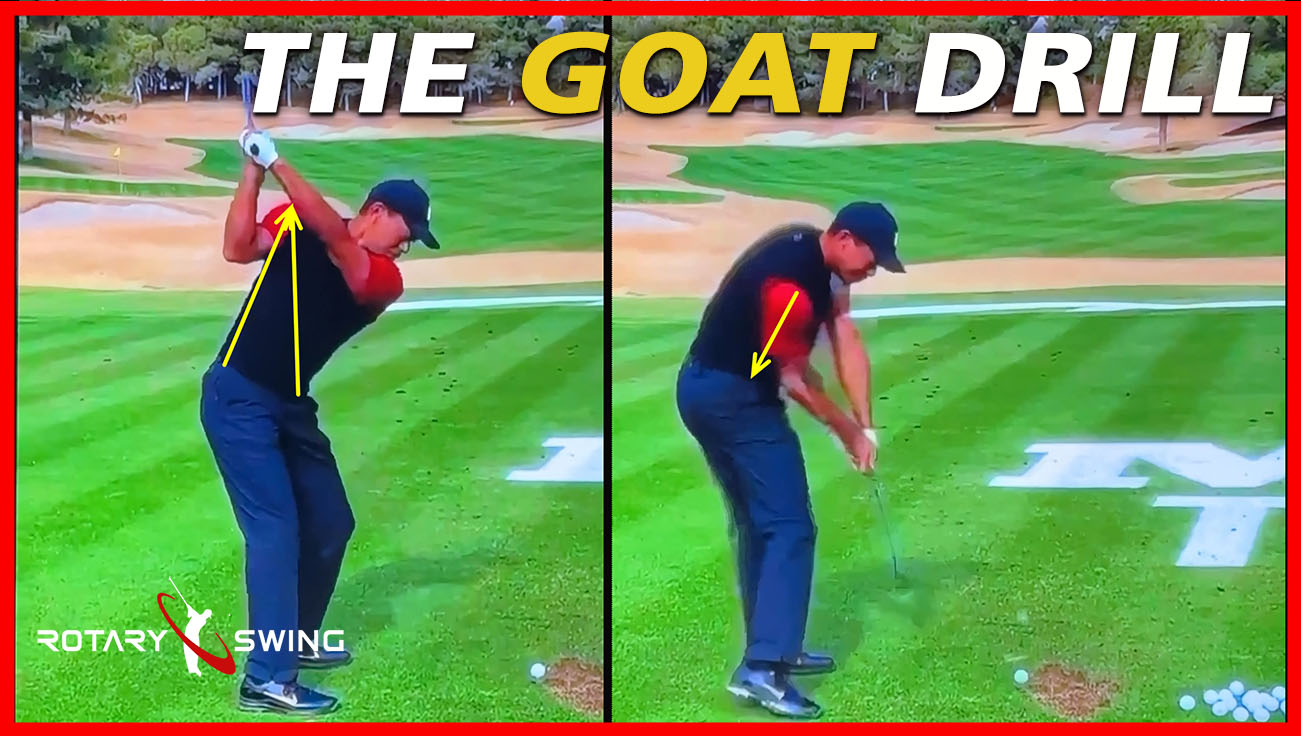
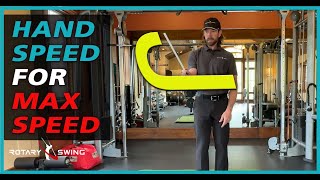

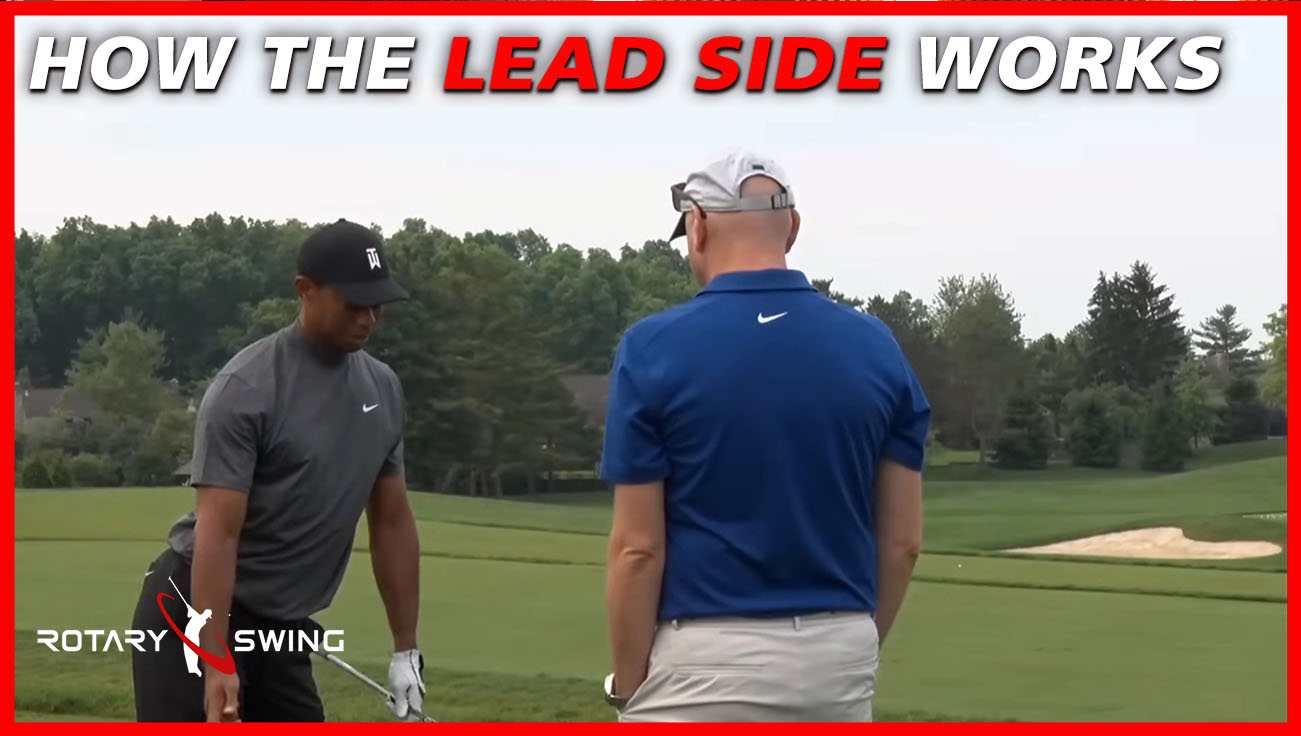
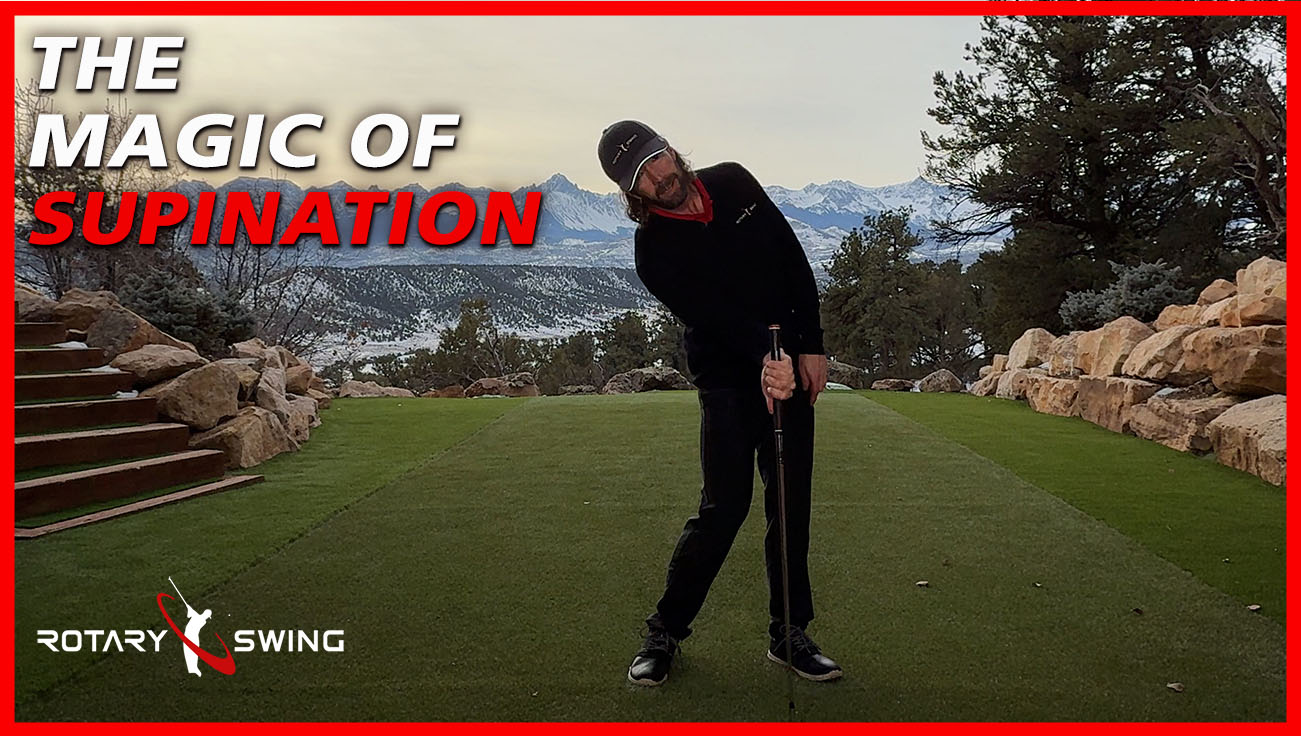

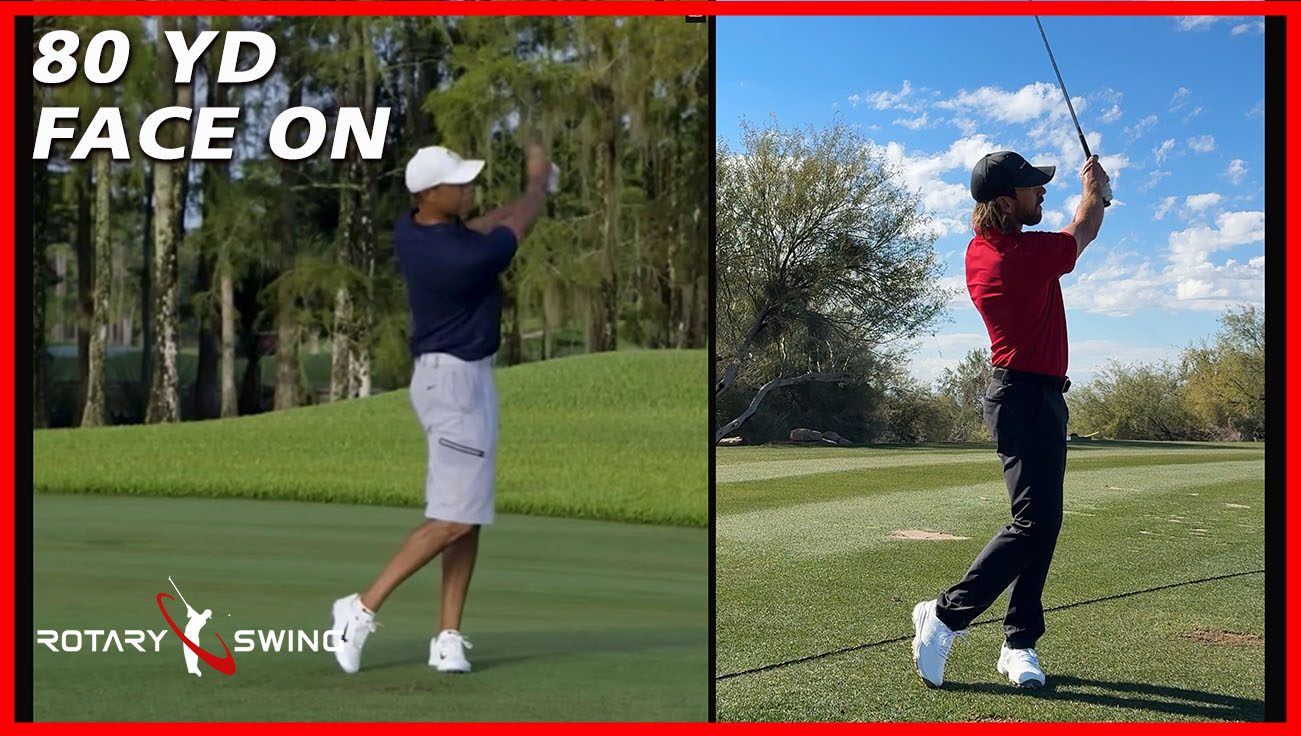
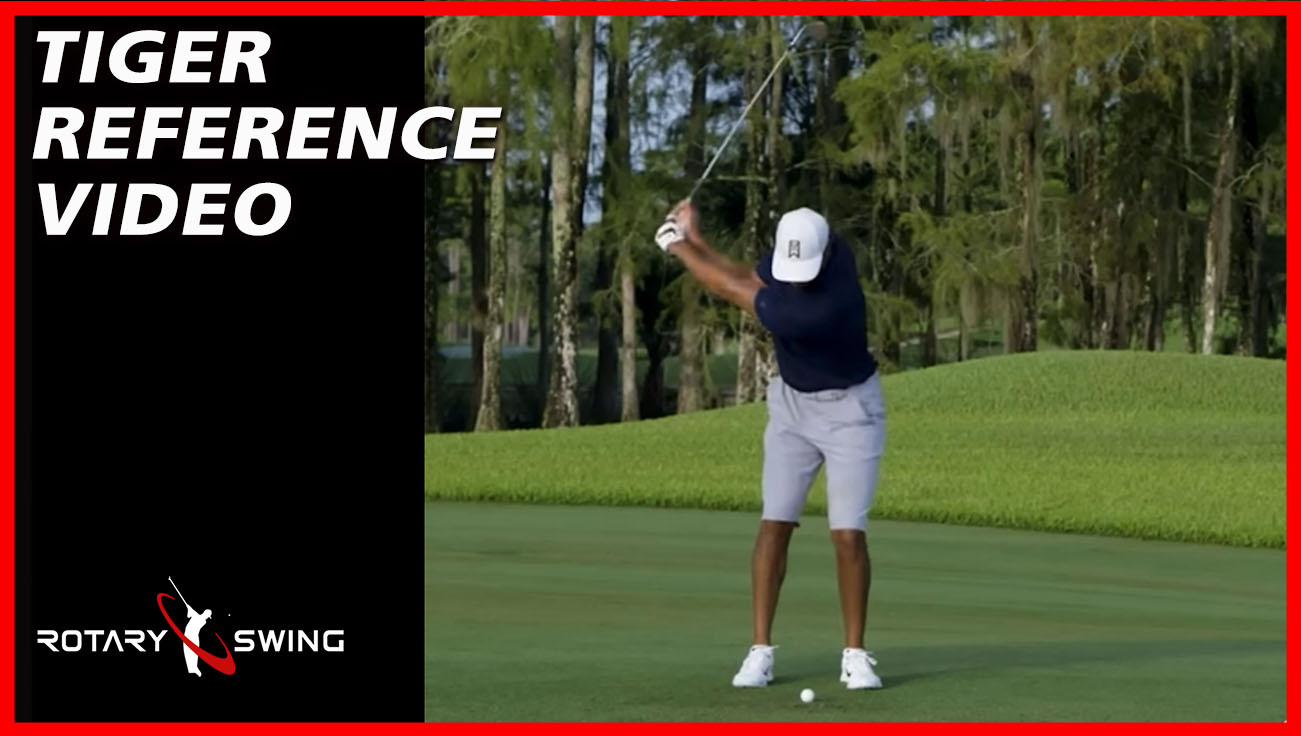

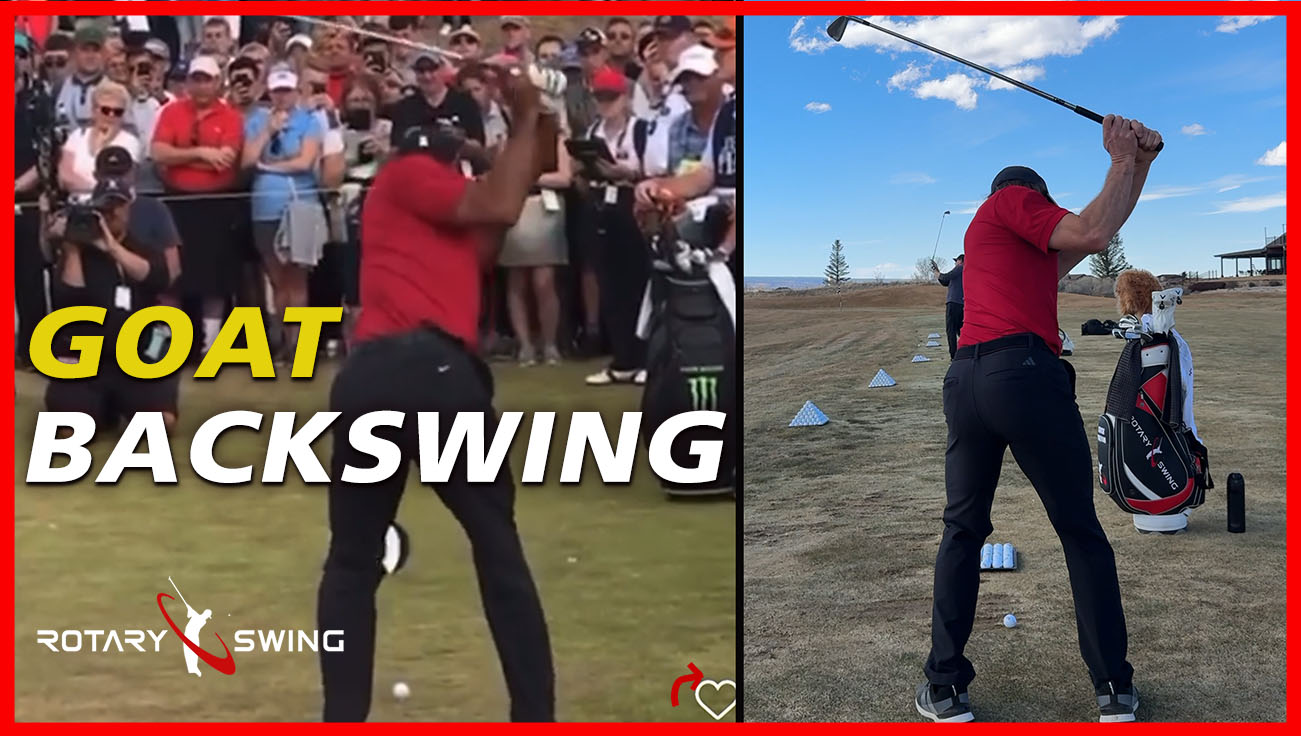
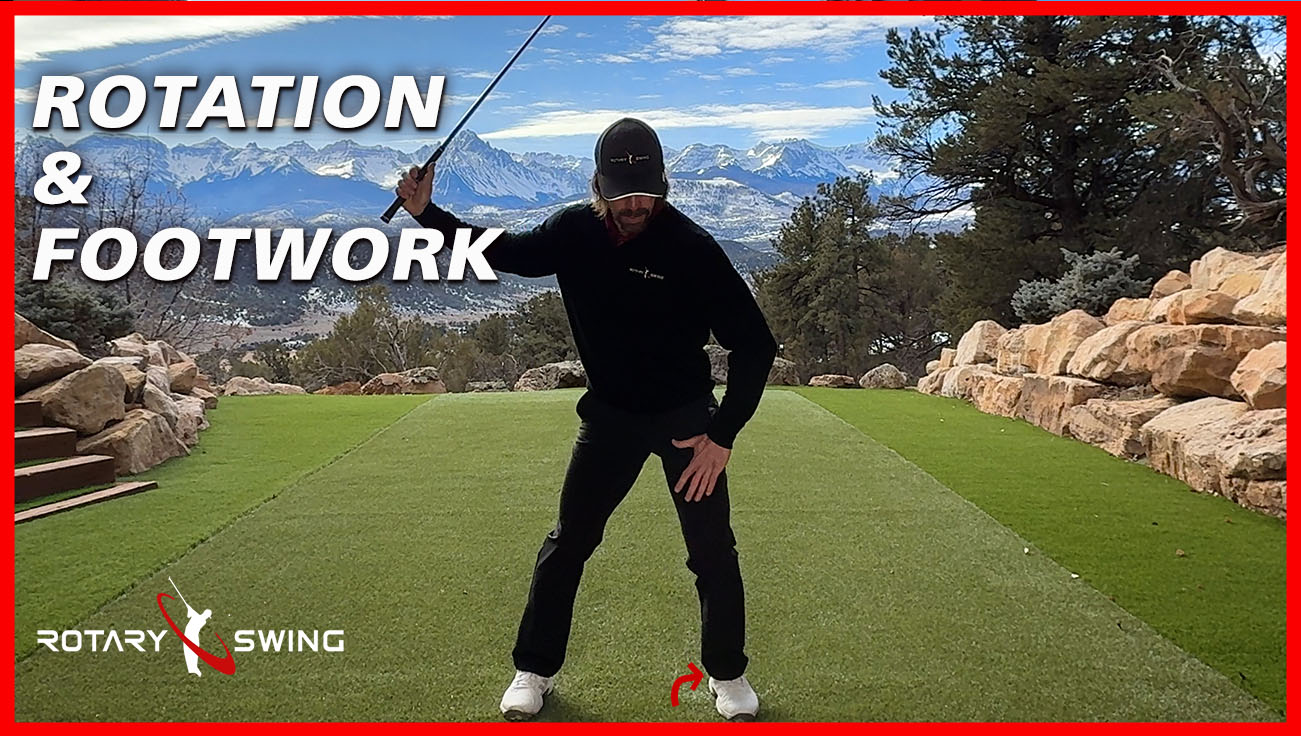
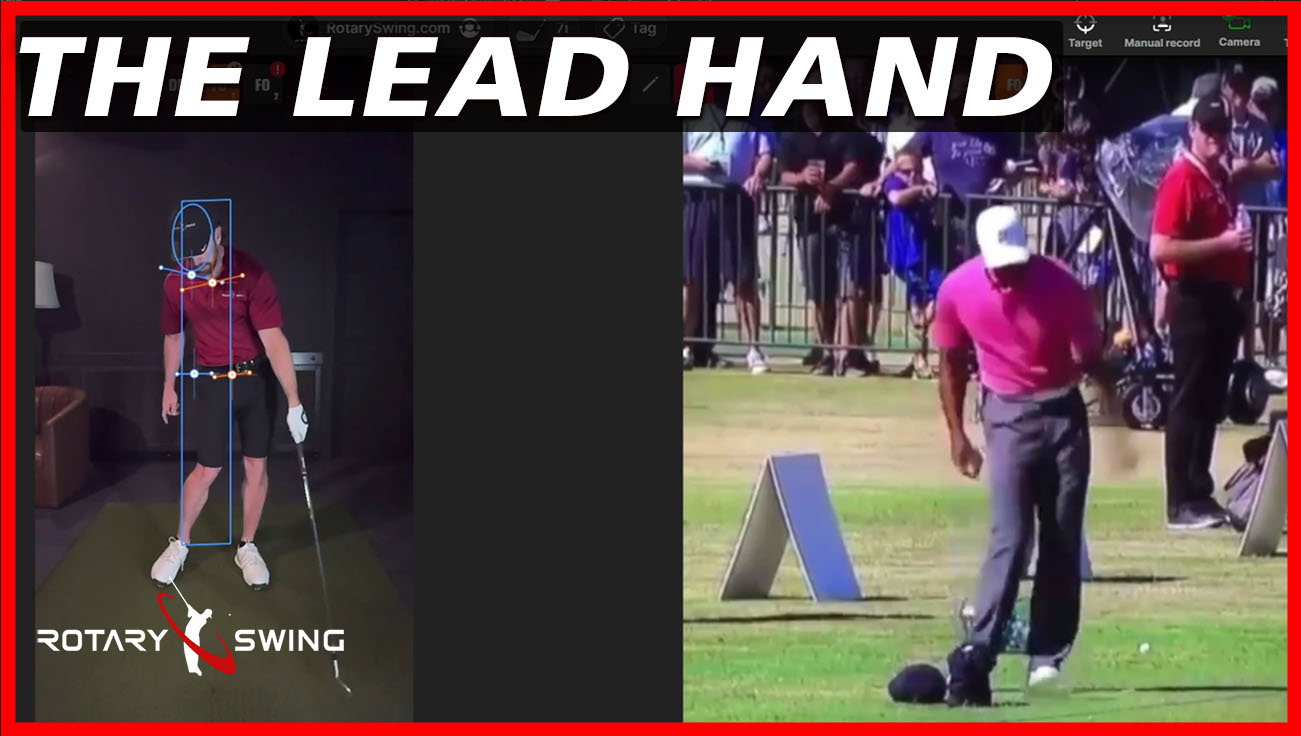
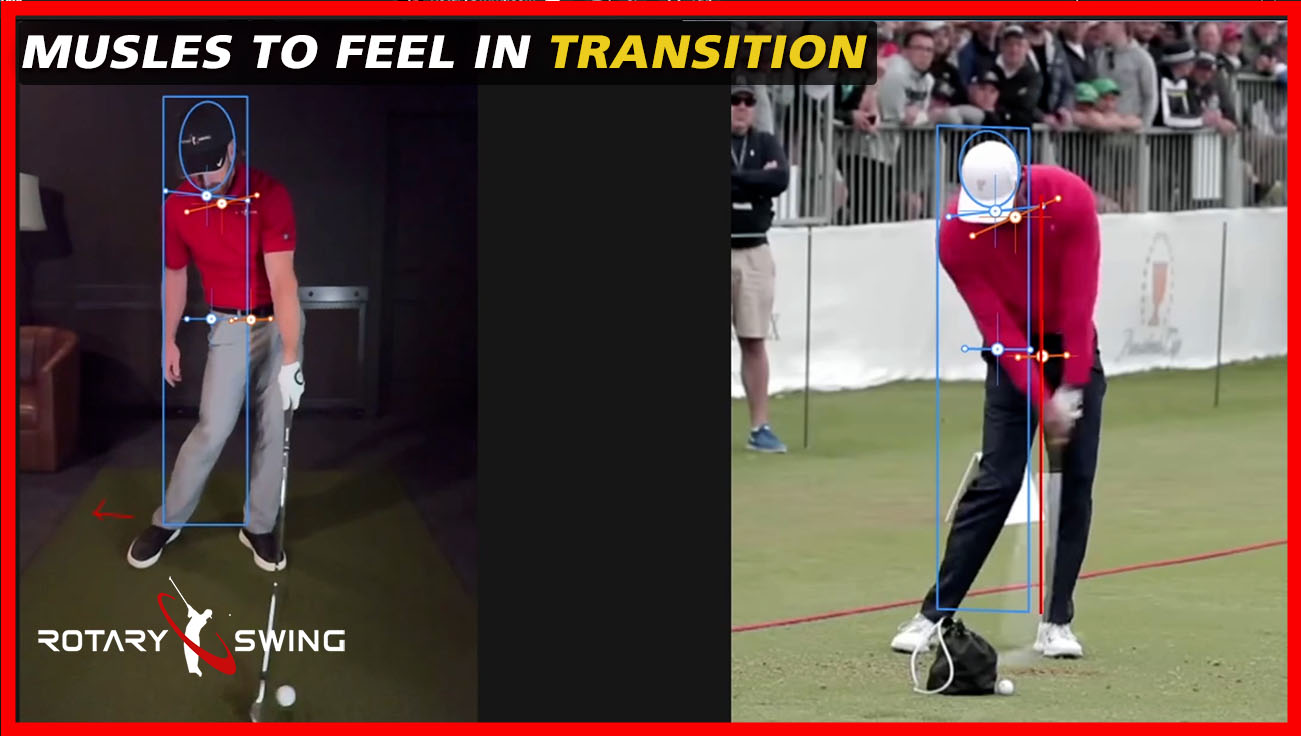
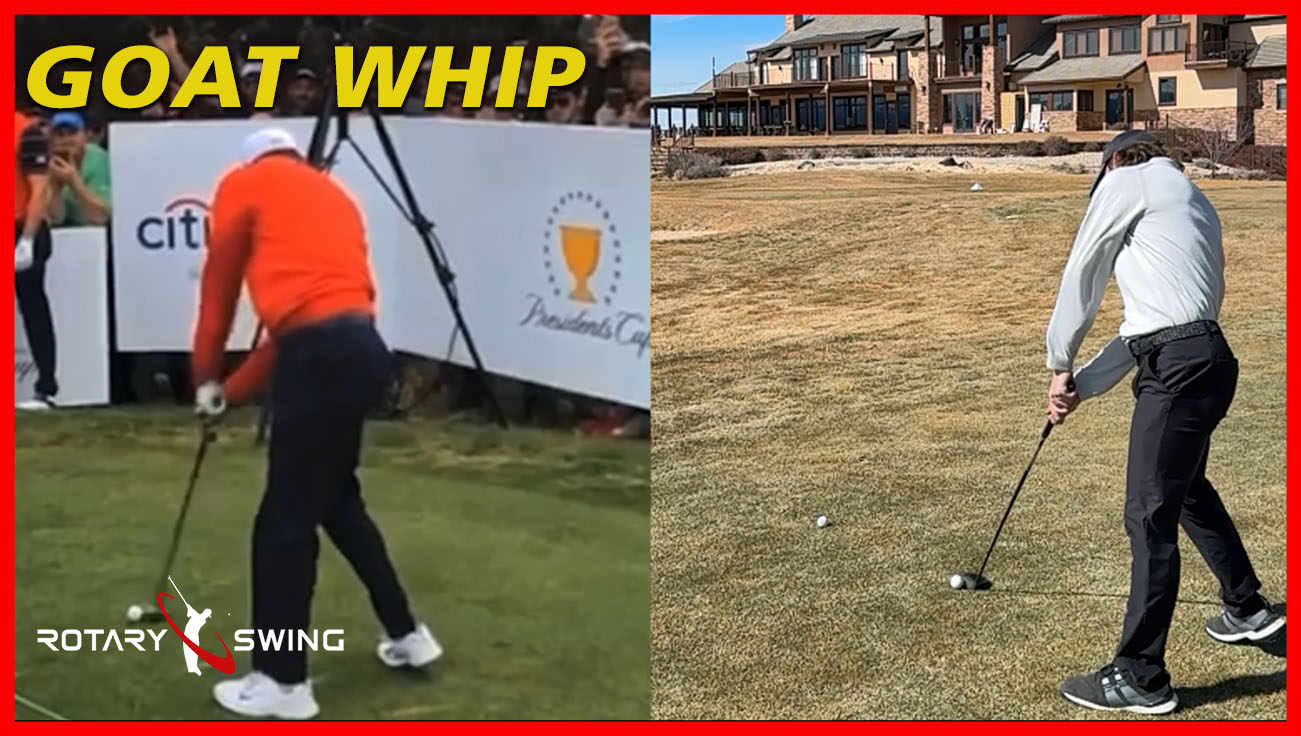
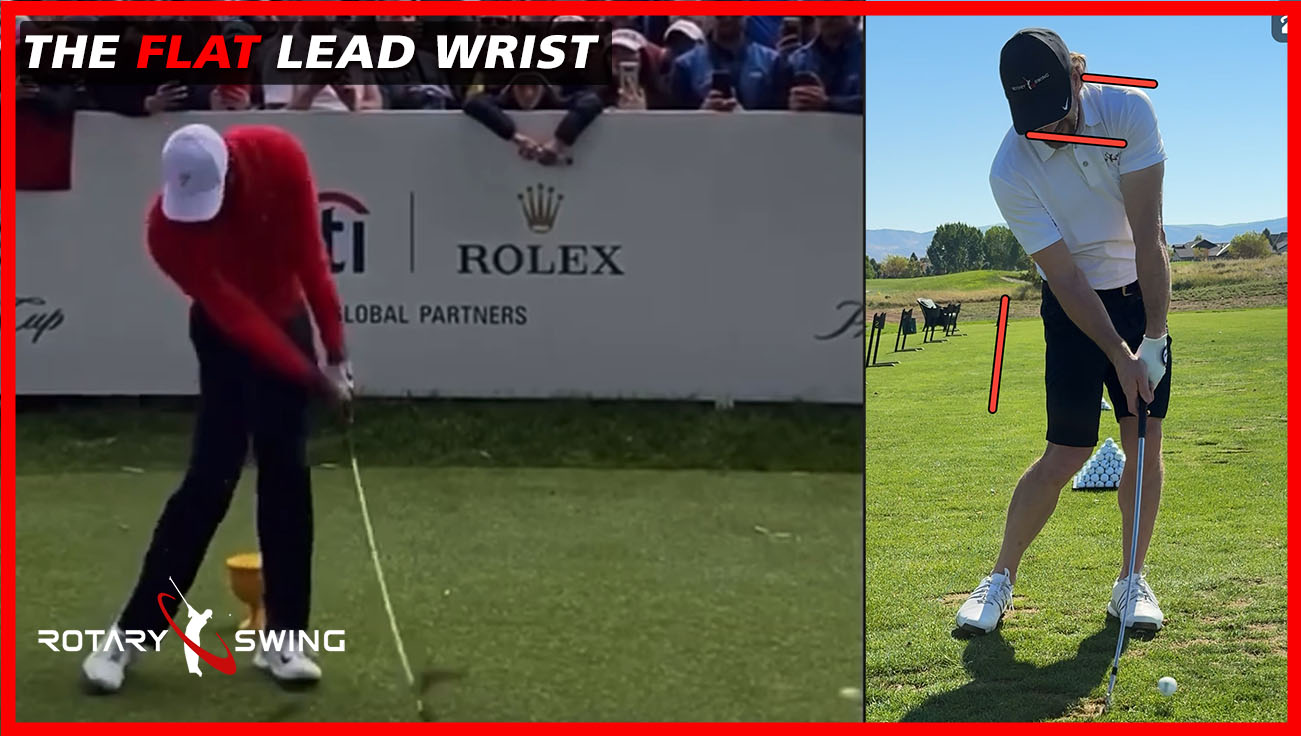
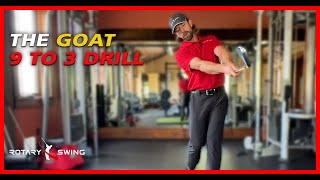
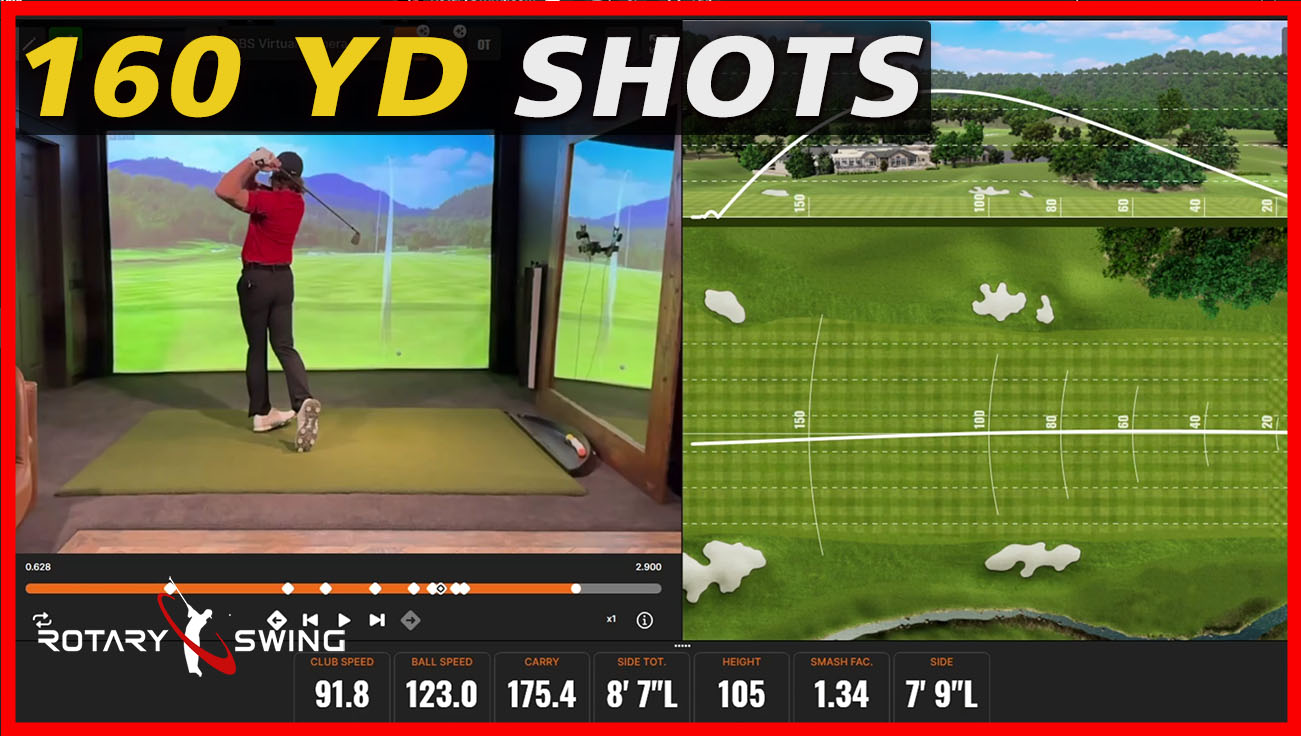
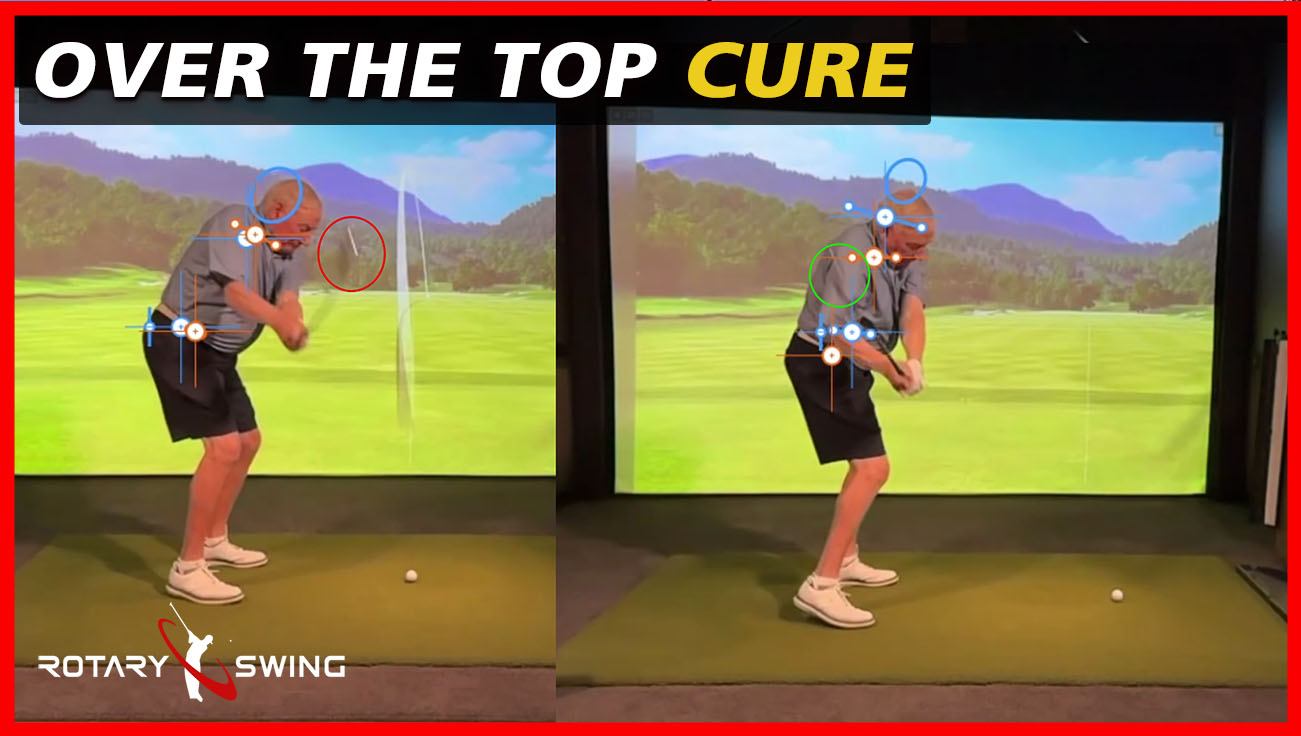

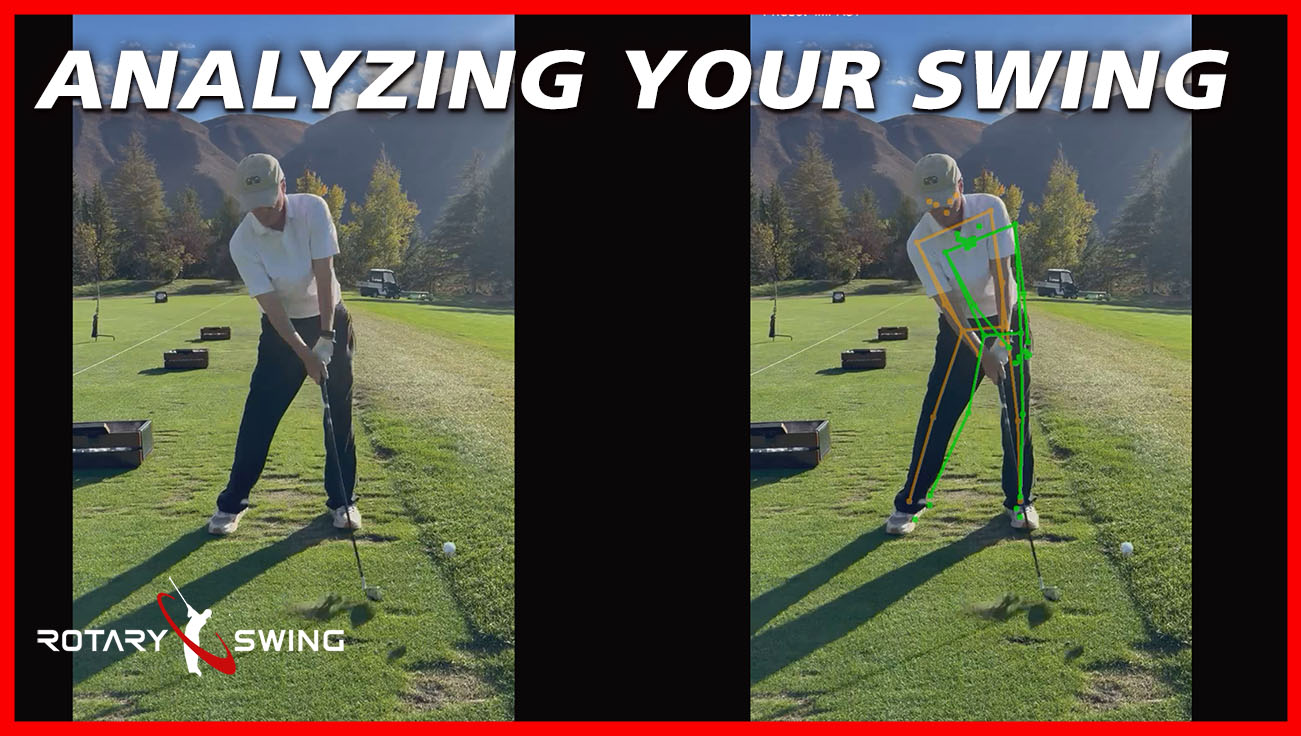
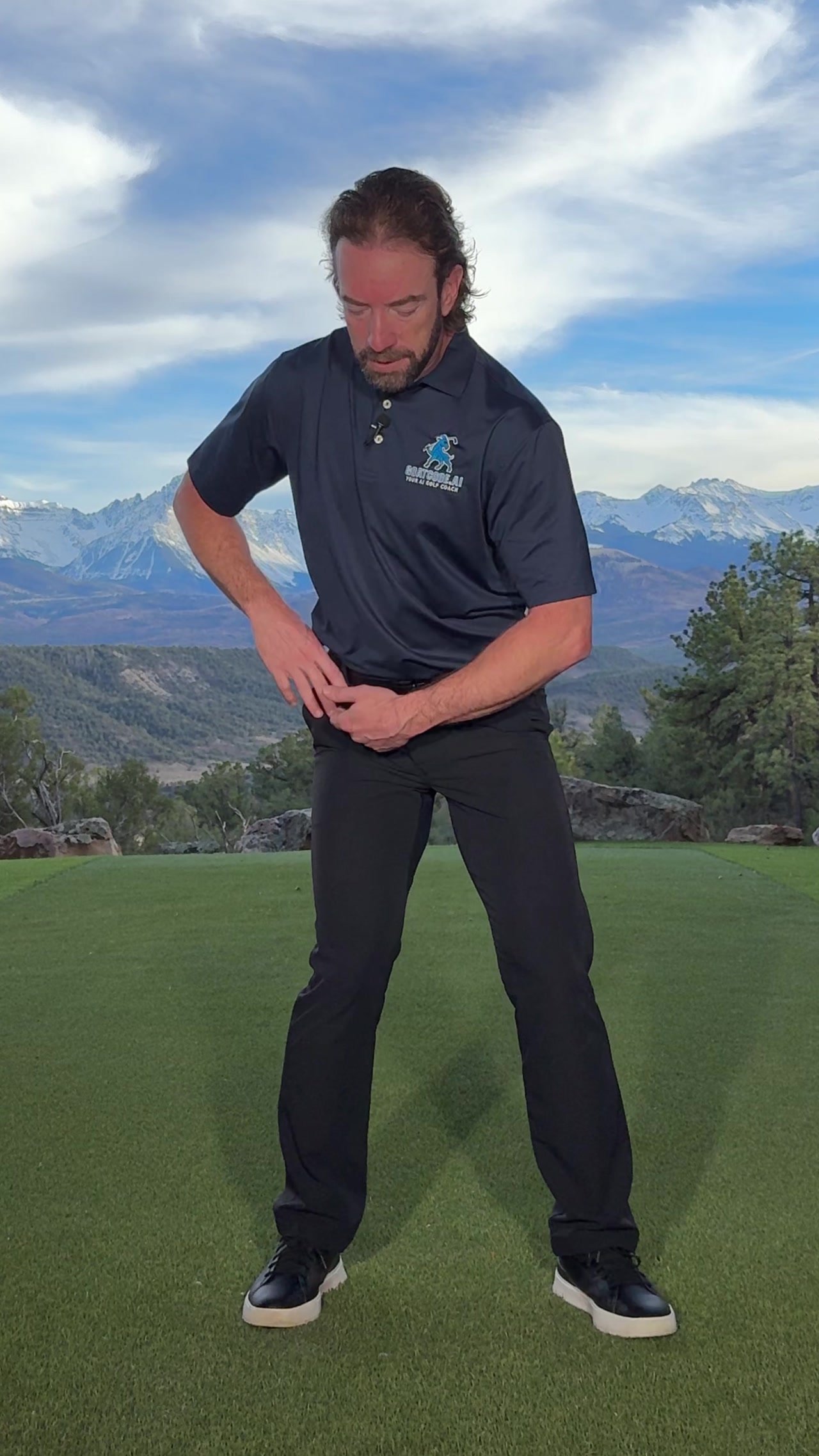
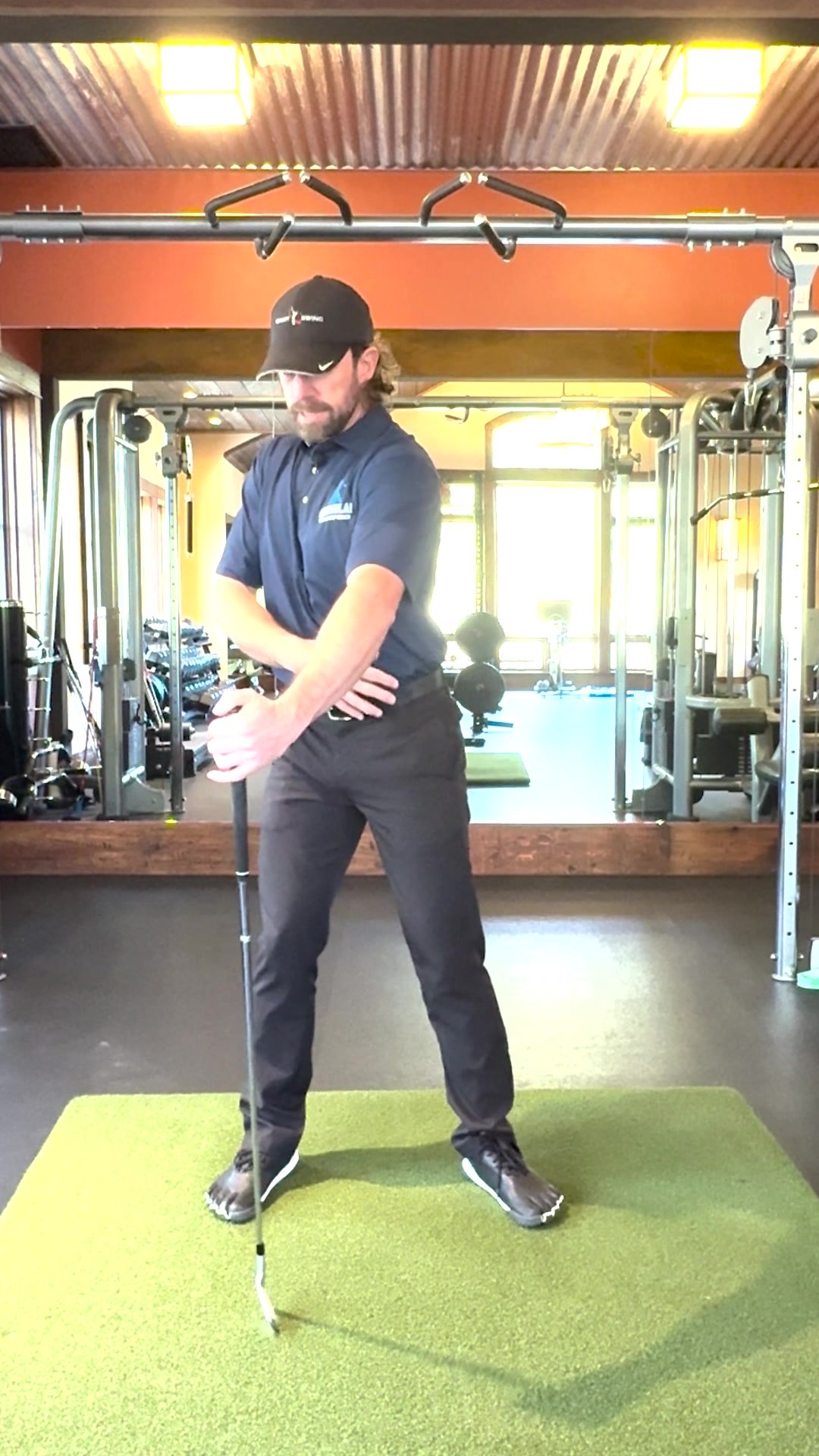
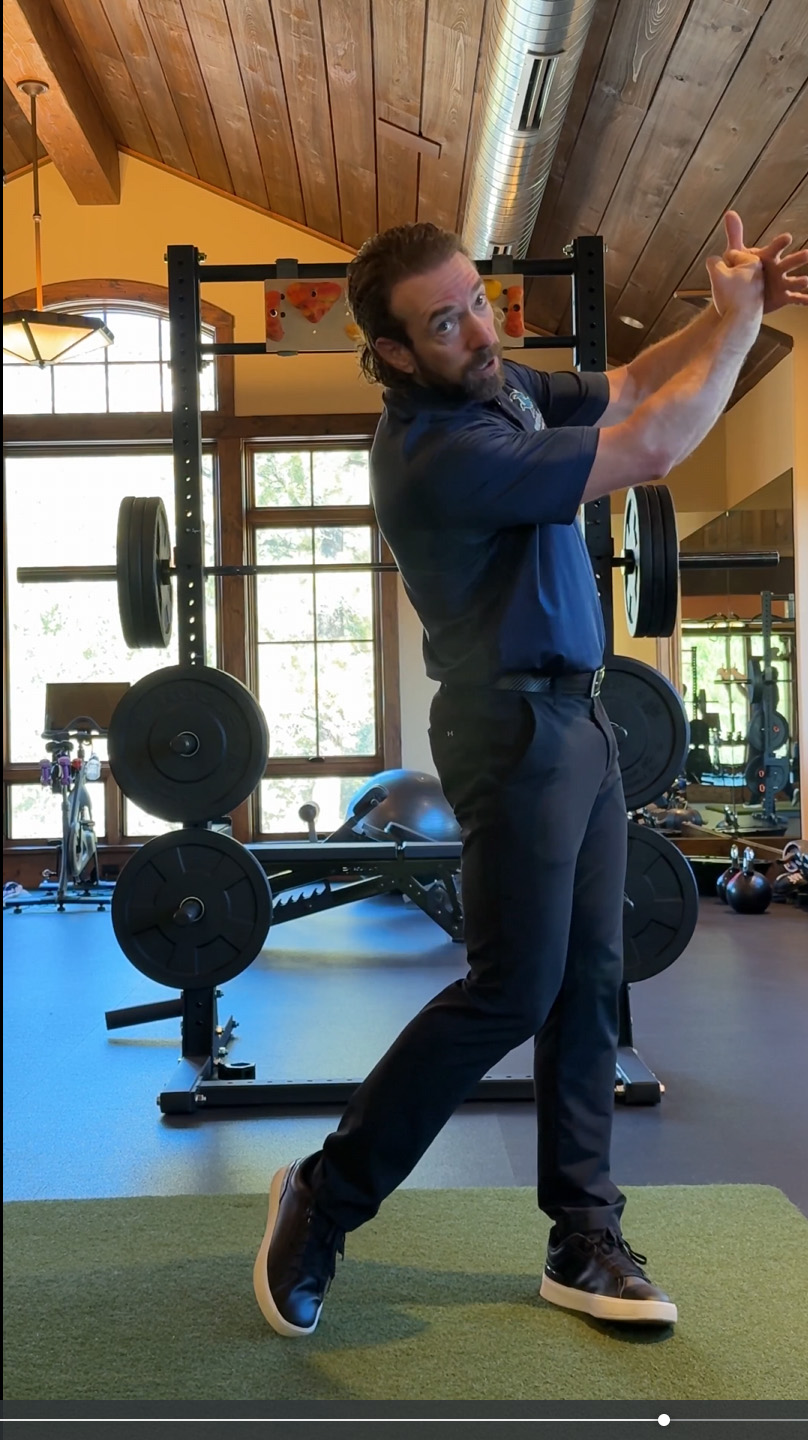
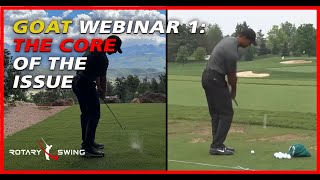
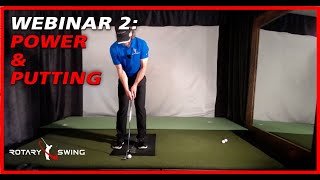
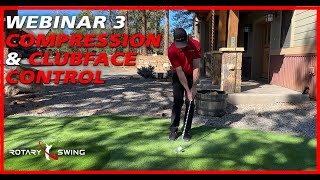
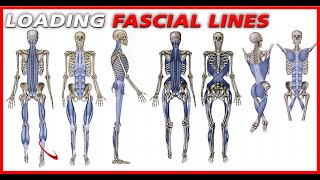
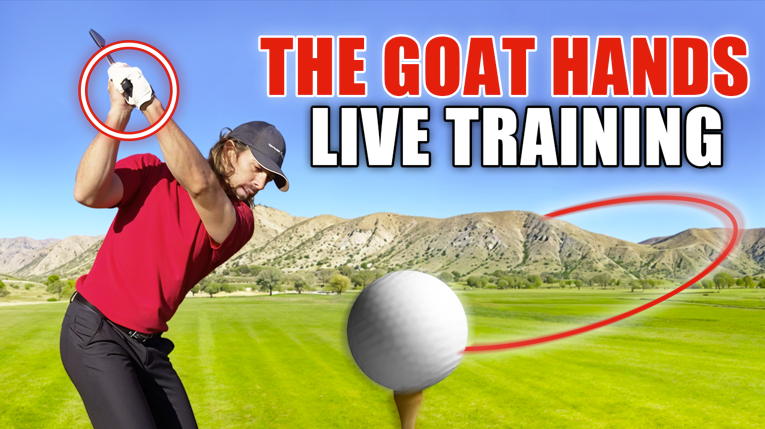

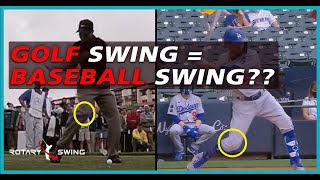
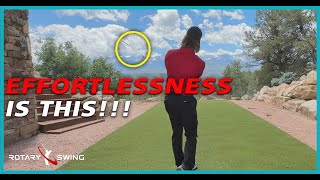

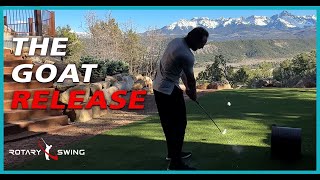
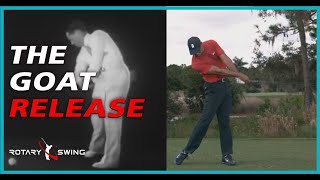
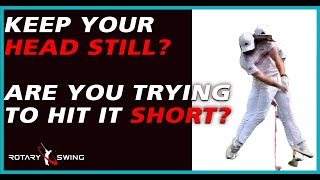
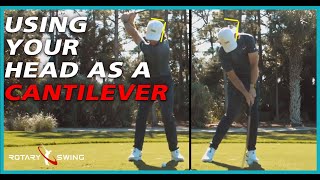
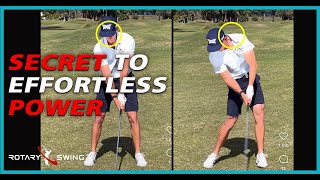
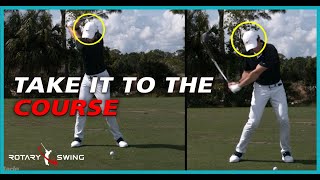
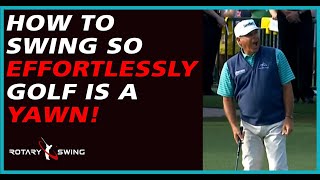
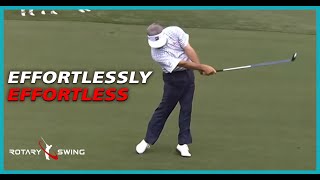
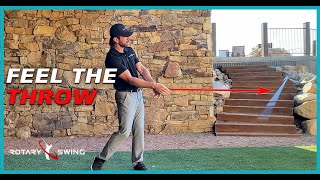
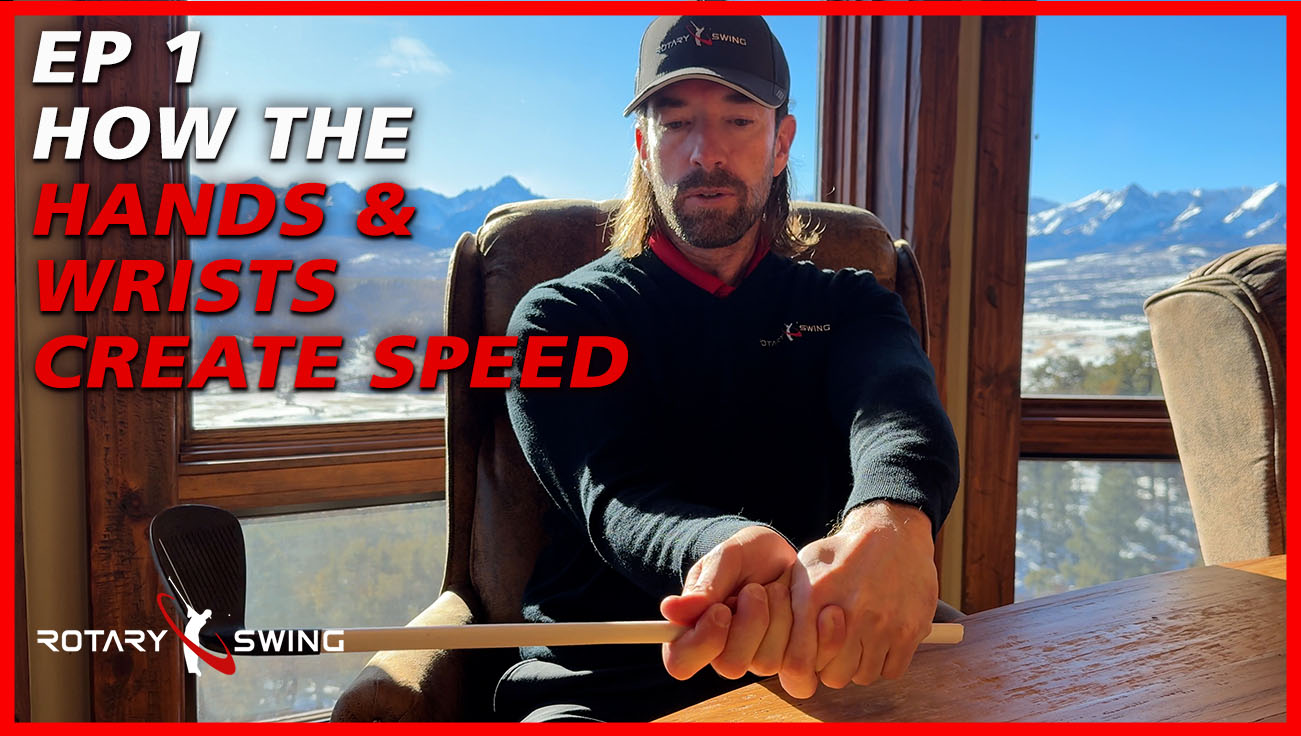

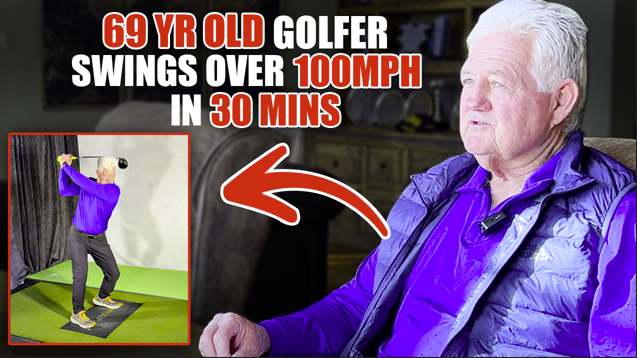

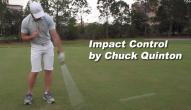
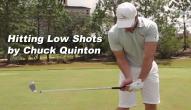

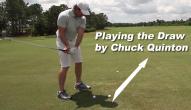
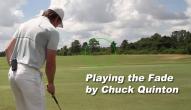
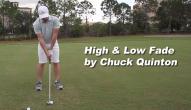
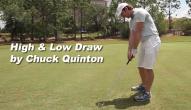
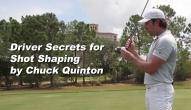
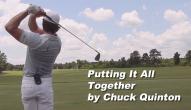
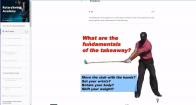

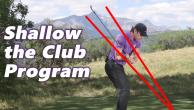
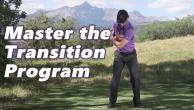
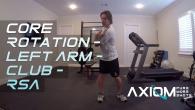
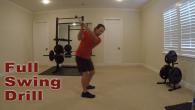

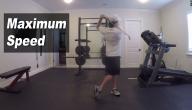
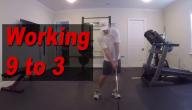
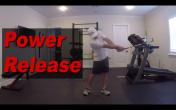
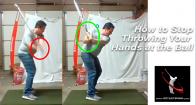
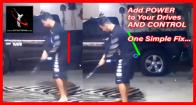
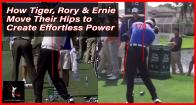
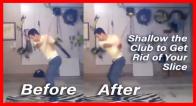

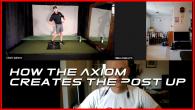
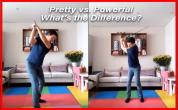
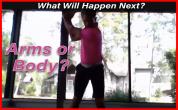
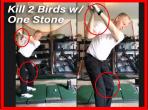
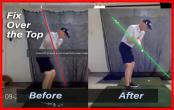
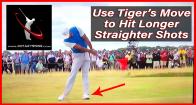
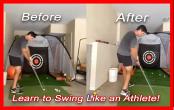
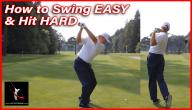
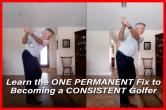
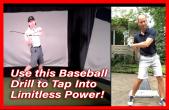
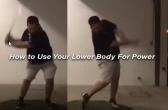
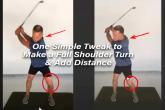
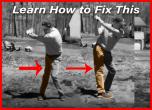
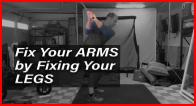
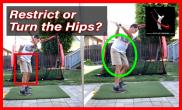
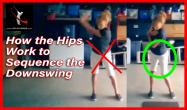

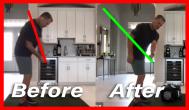
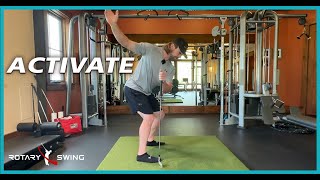

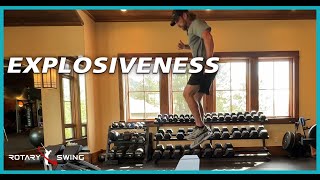
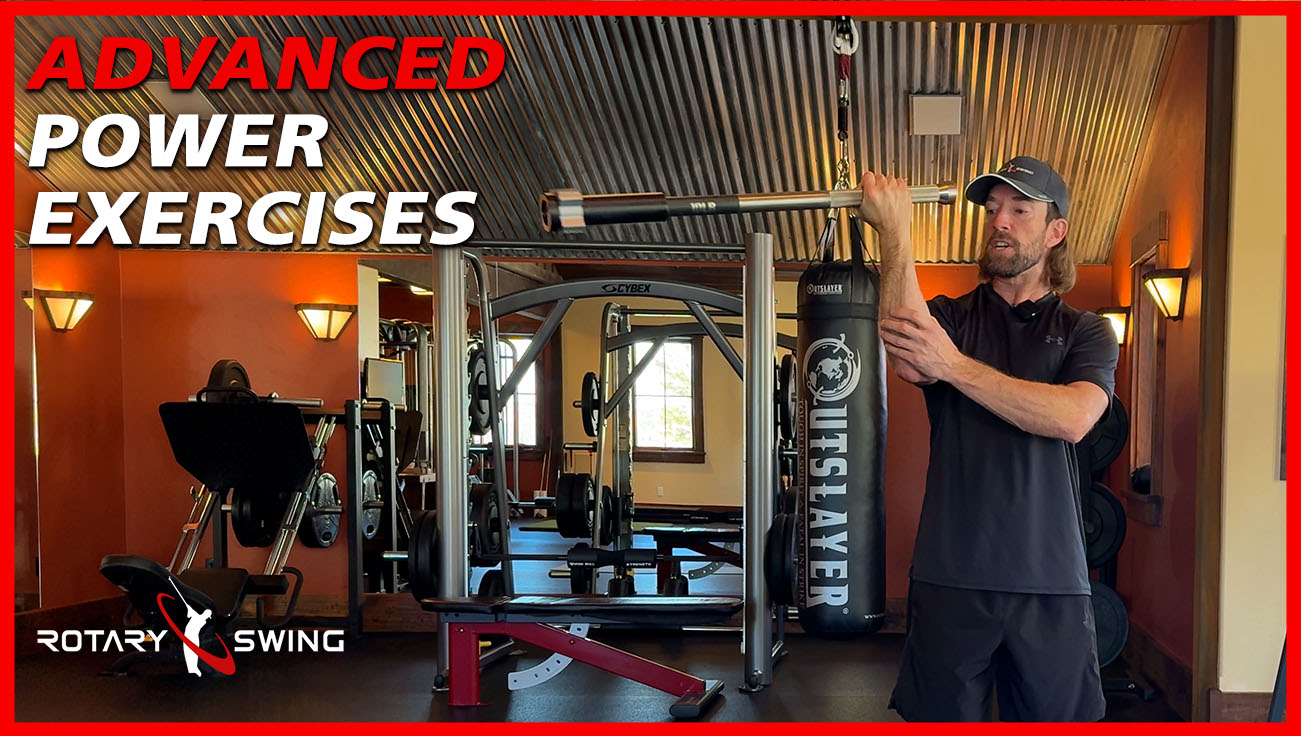
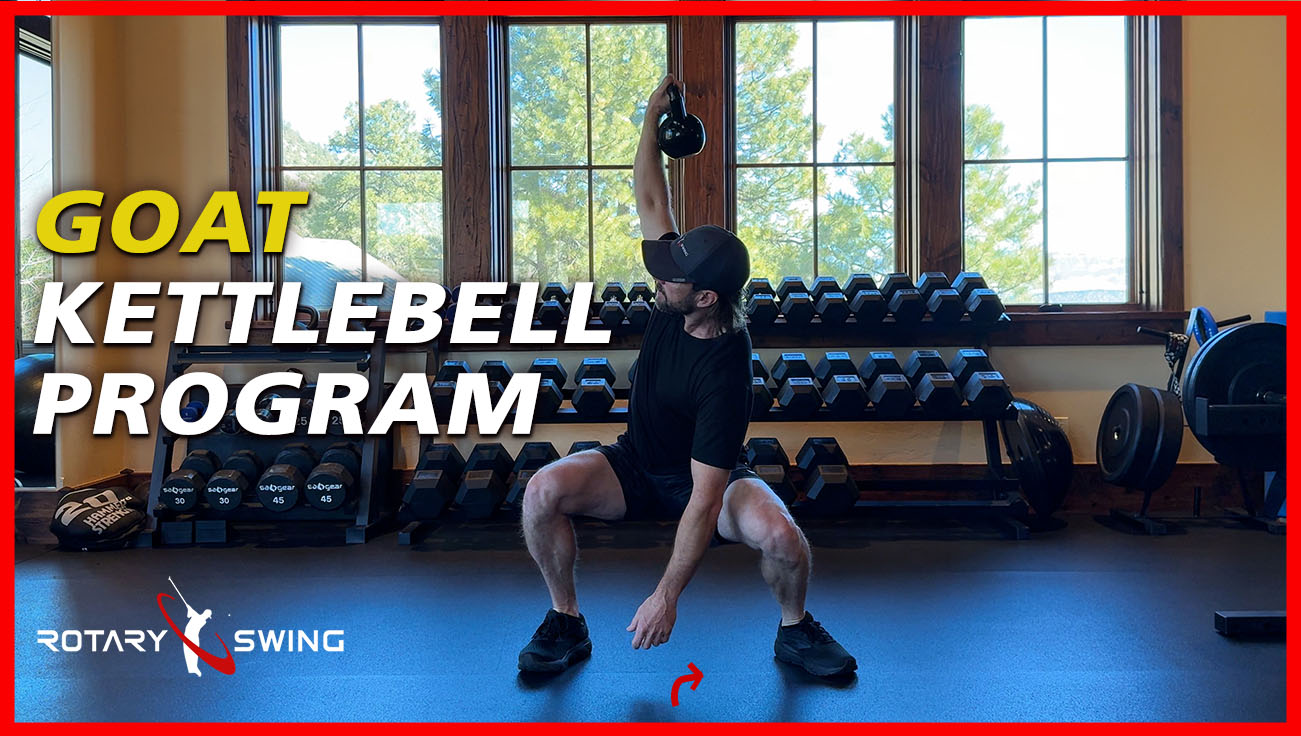

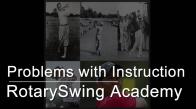
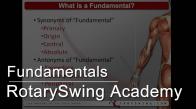

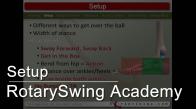
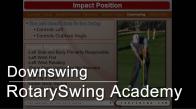
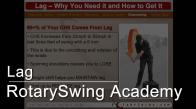
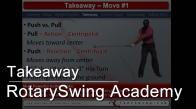
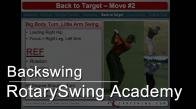
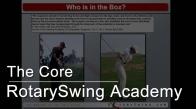
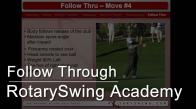

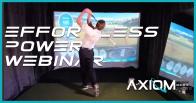


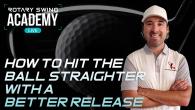
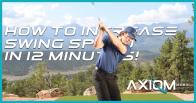
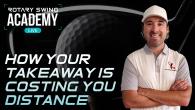

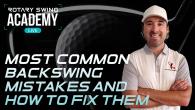
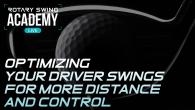
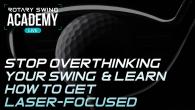


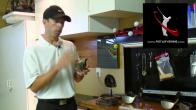
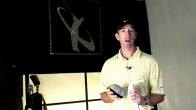
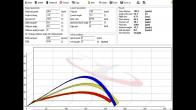
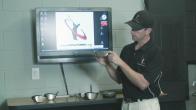
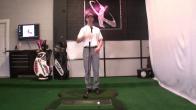
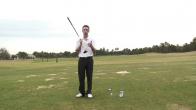
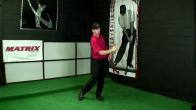
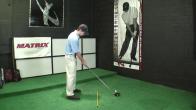
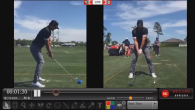
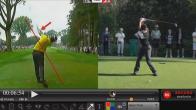
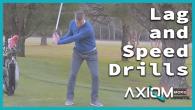
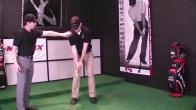
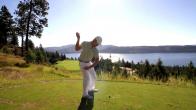
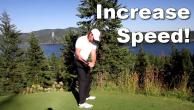
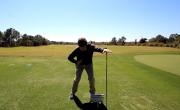
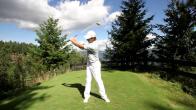
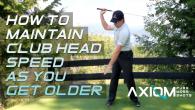
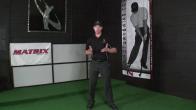
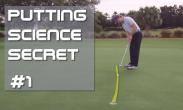
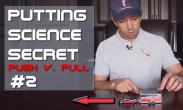
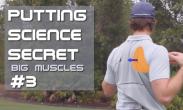
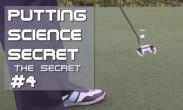
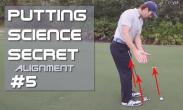
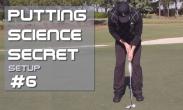
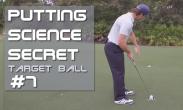
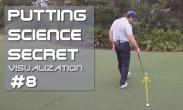
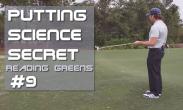
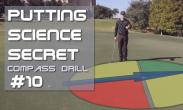
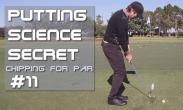
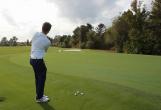

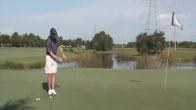
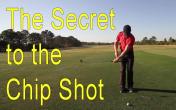
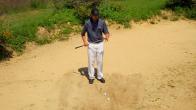
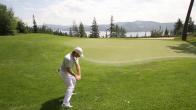
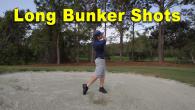

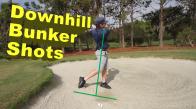
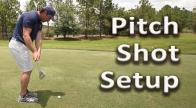

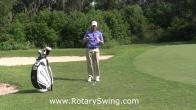
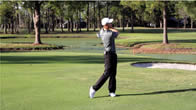
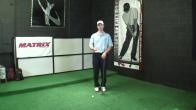


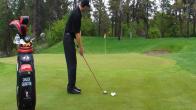
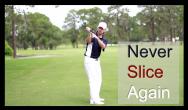
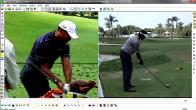
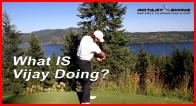
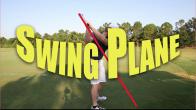
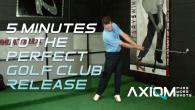
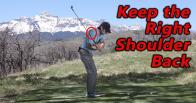
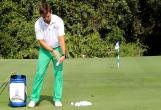




Michael
Craig (Certified RST Instructor)
Michael
Craig (Certified RST Instructor)
richard
Craig (Certified RST Instructor)
Justin
Craig (Certified RST Instructor)
David
Craig (Certified RST Instructor)
Greg
Craig (Certified RST Instructor)
Greg
Craig (Certified RST Instructor)
Joaquin
Craig (Certified RST Instructor)
Joaquin
Craig (Certified RST Instructor)
Michael
Craig (Certified RST Instructor)
matt
Craig (Certified RST Instructor)
Nolan
Craig (Certified RST Instructor)
David
Chris (Certified RST Instructor)
adam
Chris (Certified RST Instructor)
adam